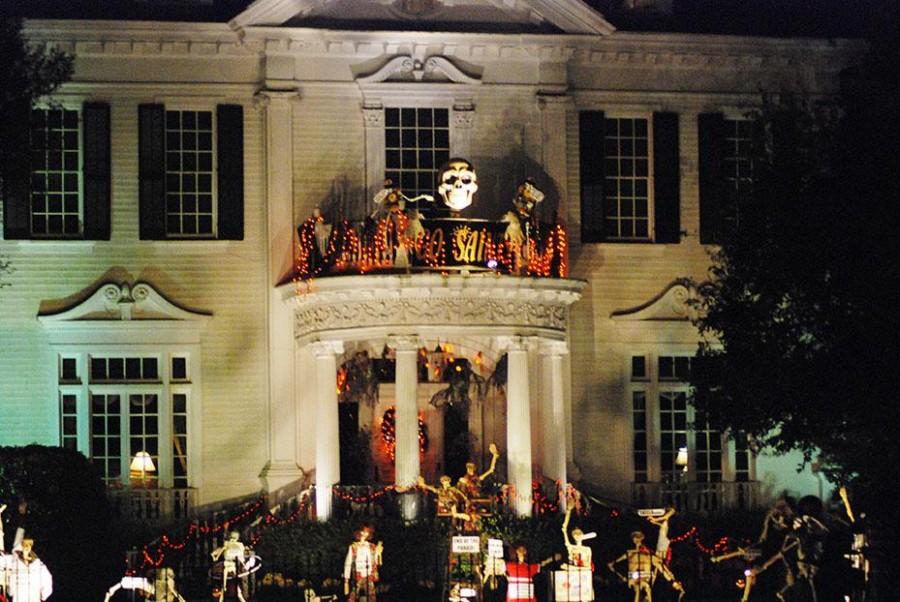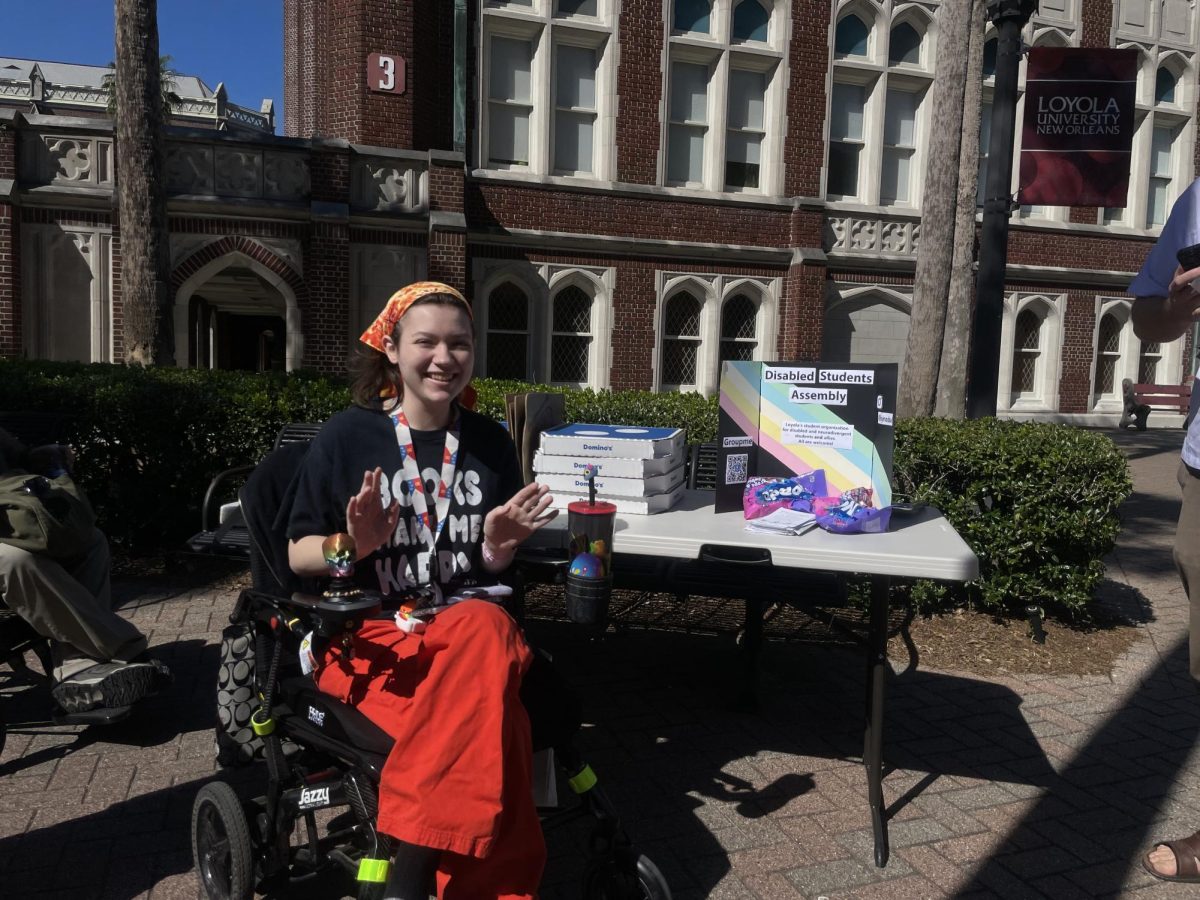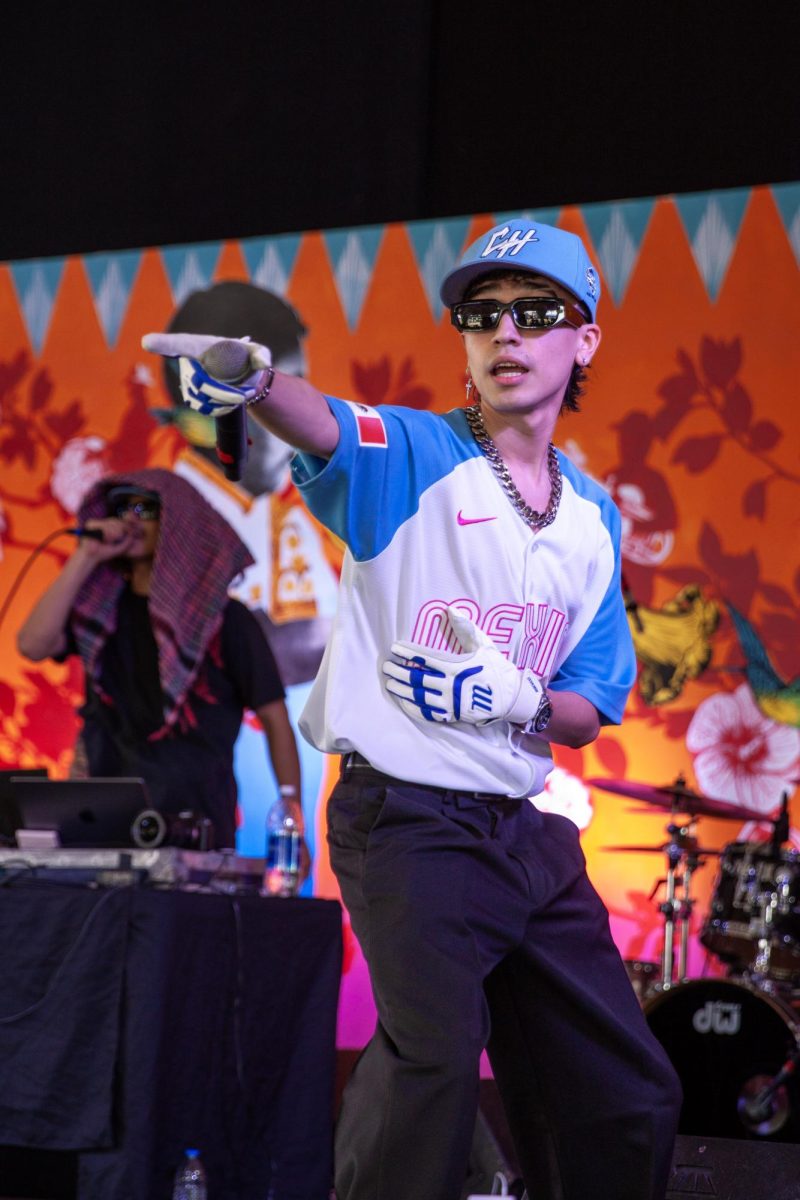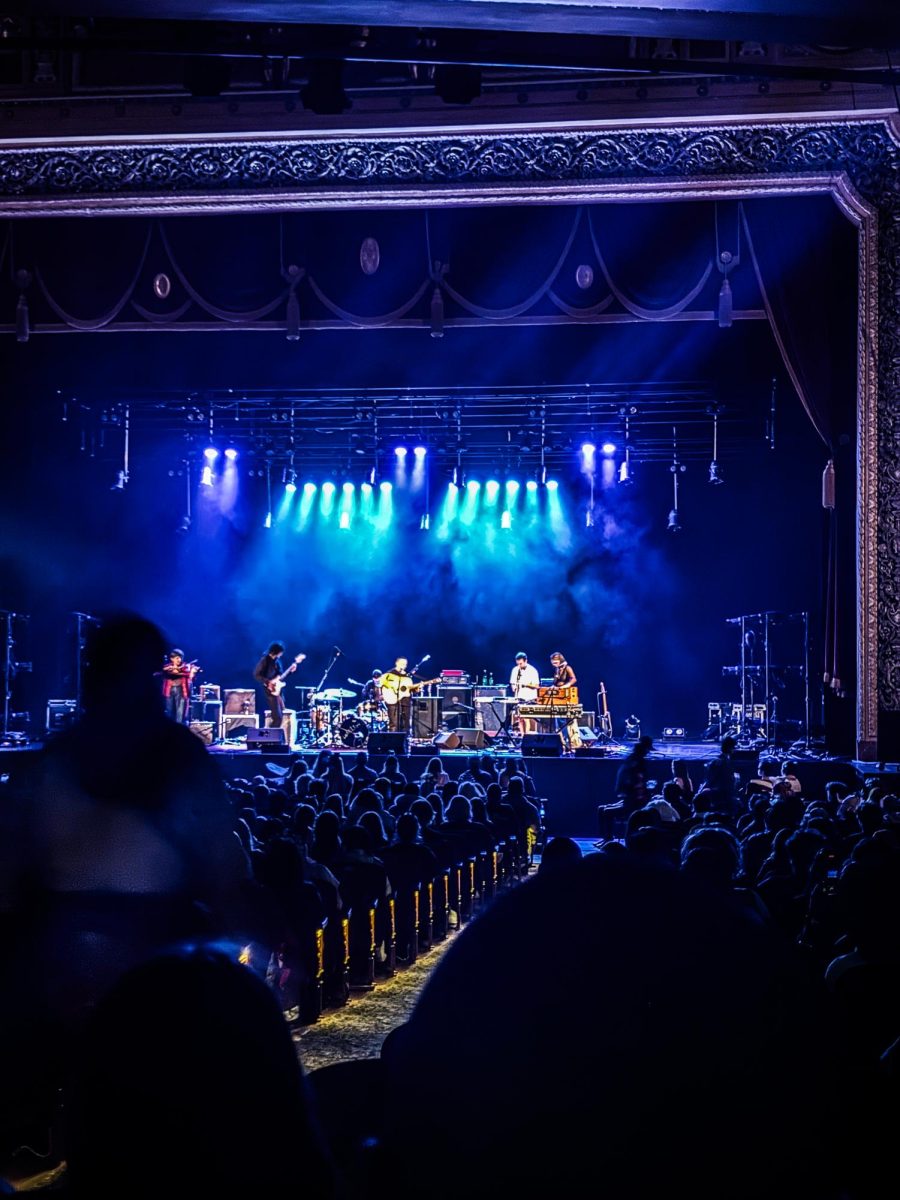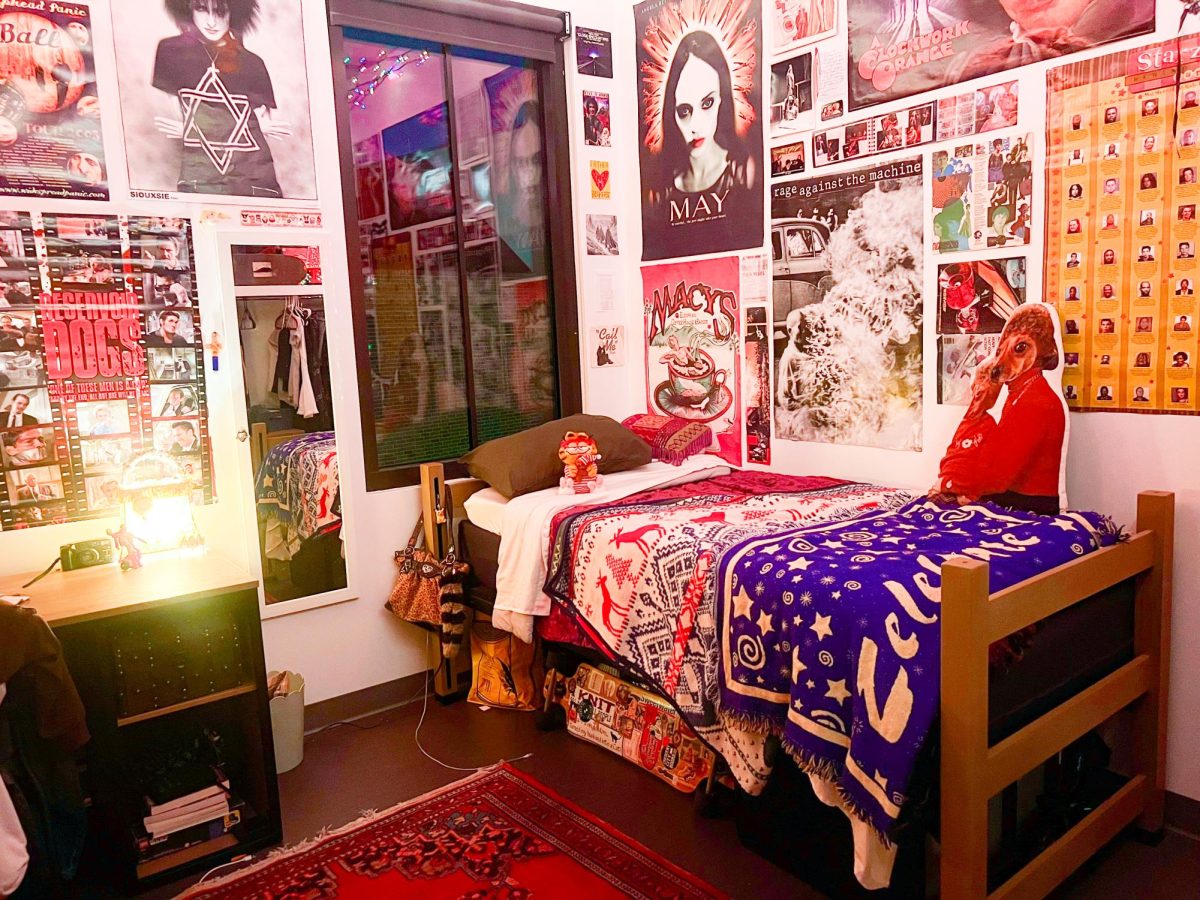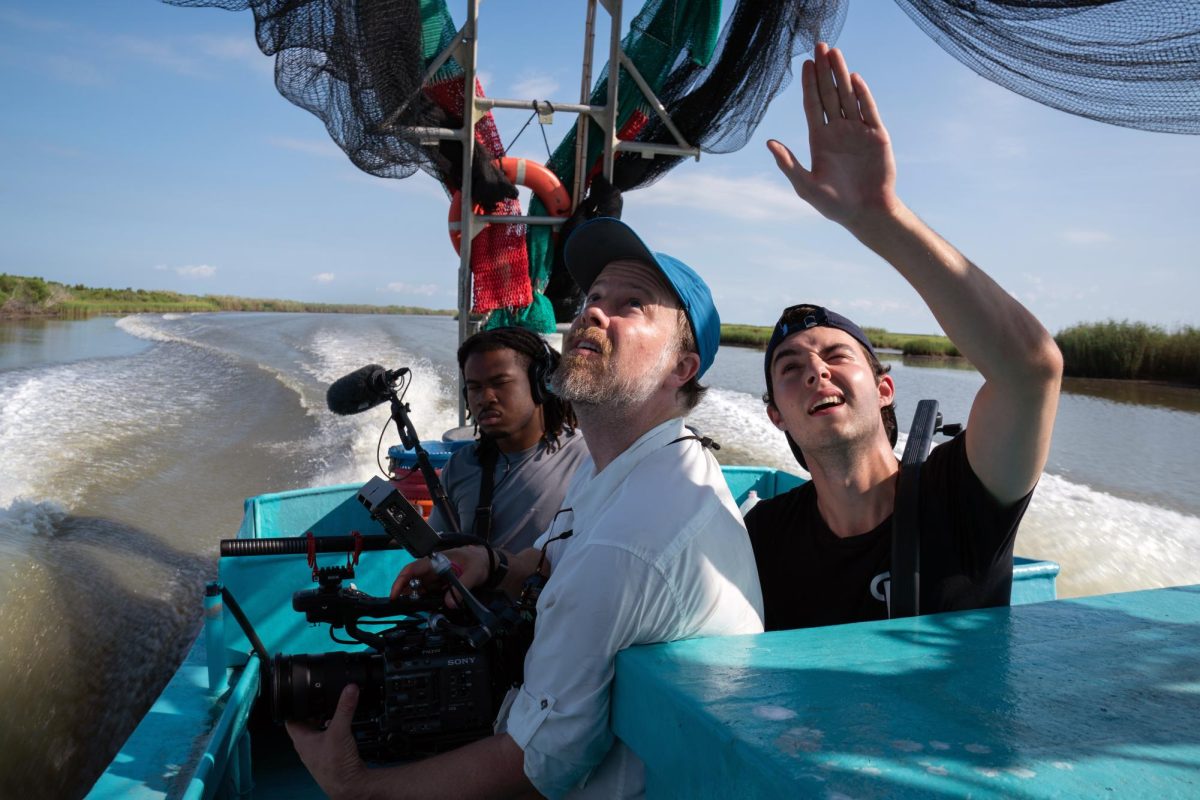This Halloween night, make sure you lay a broomstick across your doorway – that way, witches can’t come into your house and hurt you.
Or at least that’s true according to Louisiana Voodoo legend.
Though it is popularly portrayed as a purely superstitious religion, Voodoo is more than just sticking pins in dolls, lighting candles or cooking up herbs, according to religious studies professor Catherine Wessinger, who teaches the “New Orleans Religions” freshman seminar.
Louisiana Voodoo is very much a part of the area’s rich history.
Voodoo was first brought to New Orleans in the eighteenth
century with the arrival of African and Haitian slaves into the French colony of Louisiana. These slaves brought to the colony their own cultures, languages and religious beliefs rooted in ancestor worship, which combined to become what is known as Louisiana Voodoo.
Louisiana Voodoo emphasizes the use of herbs, spices, poisons and the creation of charms and amulets for protection from danger or to harm others. However, because of the large catholic influence in the colony and the openness of African religion, catholic traditions such as veneration of Saints and the praying of the Hail Mary eventually trickled into Louisiana’s branch of Voodoo.
Cara Quintanilla, international business junior, was able to experience Louisiana Voodoo firsthand when she went to a ceremony for the religion on an Intro to World Religions assignment.
“We gave offerings to a god under a huge pirate ship at the ceremony. The offerings were bottles of alcohol that they had placed in symbols made out of rice. Then they prayed over the bottles to complete the offering,” Quintanilla said. “Afterwards, we did the mambo, which was supposed to ‘cleanse you,’ and then we danced in a circle around the pirate ship.”
“There’s pretty much no way to make that experience sound normal,” Quintanilla said.
According to Quintanilla, there were no stereotypical “magic tricks,” but there was a man who supposedly became temporarily “mounted” or “possessed” by a spirit.
“It was scary at first, but it was also pretty cool. I thought their rituals were interesting, and the people were extremely welcoming and friendly,” Quintanilla said.
According to Wessinger, the commercial aspect of Voodoo is often confused with the actual religious practices.
“In New Orleans, a lot of the Voodoo culture is completely commercialized, so most of the shops in the French Quarter are all about tourism,” Wessinger said.
However, Wessinger said, there are some small voodoo practitioners and shops in town that are legitimate, one of which is “The Healing Center” on St. Claude Avenue.
According to Wessinger, “The Healing Center” is run by Sallie Ann Glassman, who is a Haitian- ordained Voodoo priestess. Though the center claims to have no official association with Voodoo, Wessinger said that Glassman is one of the few “authentic” Voodoo practitioners in the city.
Although there are genuine Voodoo rituals being performed in the city, Wessinger said students should be wary of the fiction surrounding Voodoo. Various organizations, companies and events tend to “just take the name because it’s part of the commercialization of the word without knowing much about it,” Wessinger said.
Shannon Donaldson can be reached at smdonald@loyno.edu


